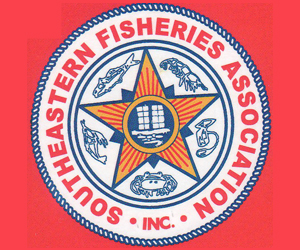June 12, 2019 — The following was released by the South Atlantic Fishery Management Council:
WHAT/WHEN:
The 2019 recreational fishing season for golden tilefish in South Atlantic federal waters will close at 12:01 a.m. (local time) on June 17, 2019. Recreational harvest for the 2020 fishing year in South Atlantic federal waters will open at 12:01 a.m. (local time) on January 1, 2020.
WHY THIS CLOSURE IS HAPPENING:
The 2019 golden tilefish recreational catch limit is 2,316 fish. Reports indicate that recreational landings have reached the 2019 recreational catch limit.
According to the regulations, NOAA Fisheries must close the recreational sector when the recreational catch limit has been reached. This closure is necessary to protect the golden tilefish population.
DURING THE CLOSURE:
Recreational harvest or possession of golden tilefish in or from federal waters of the South Atlantic is prohibited.
This bulletin provides only a summary of the existing regulations. Full regulations can be found in the Federal Register or at https://www.ecfr.gov.

